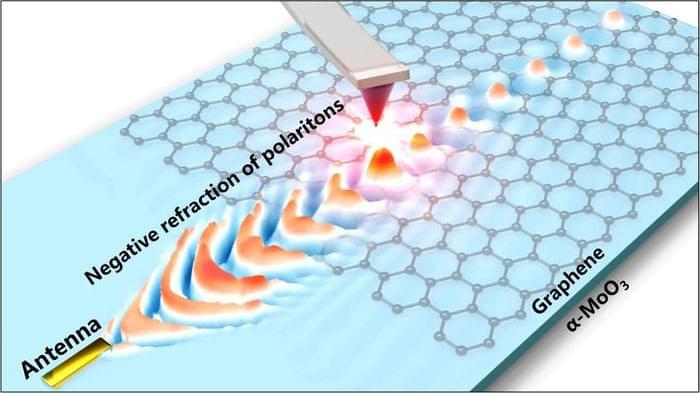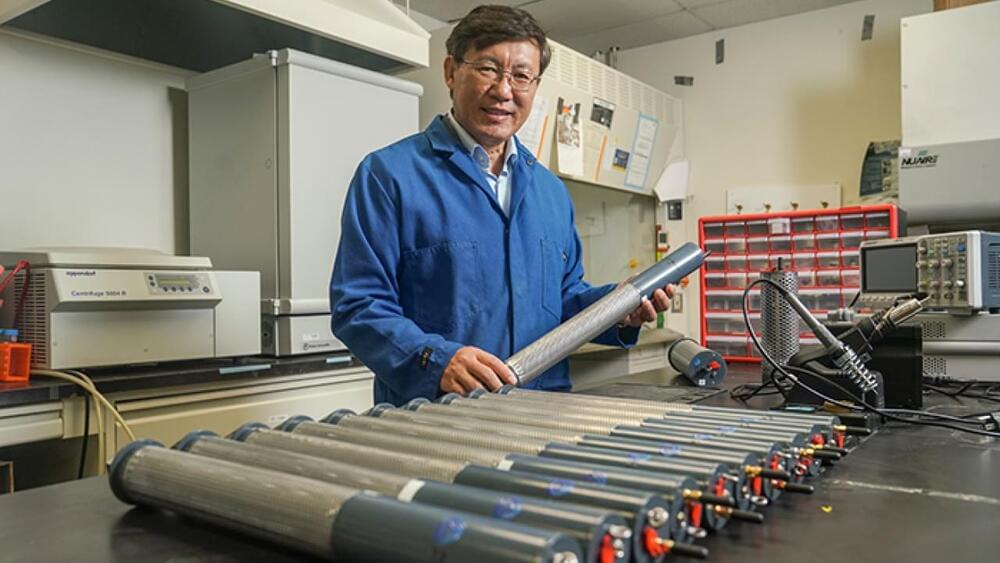Feb 15, 2023
‘It became me’: Studies show that revolutionary new brain chips may bend your mind in strange and troubling ways
Posted by Nicholi Avery in categories: biotech/medical, computing, cyborgs, neuroscience
Musk’s company is far from the only group working on brain-computer interfaces, or systems to facilitate direct communication between human brains and external computers. Other researchers have been looking into using BCIs to restore lost senses and control prosthetic limbs, among other applications. While these technologies are still in their infancy, they’ve been around long enough for researchers to increasingly get a sense of how neural implants interact with our minds. As Anna Wexler, an assistant professor of philosophy in the Department of Medical Ethics and Health Policy at the University of Pennsylvania, put it: “Of course it causes changes. The question is what kinds of changes does it cause, and how much do those changes matter?”
















